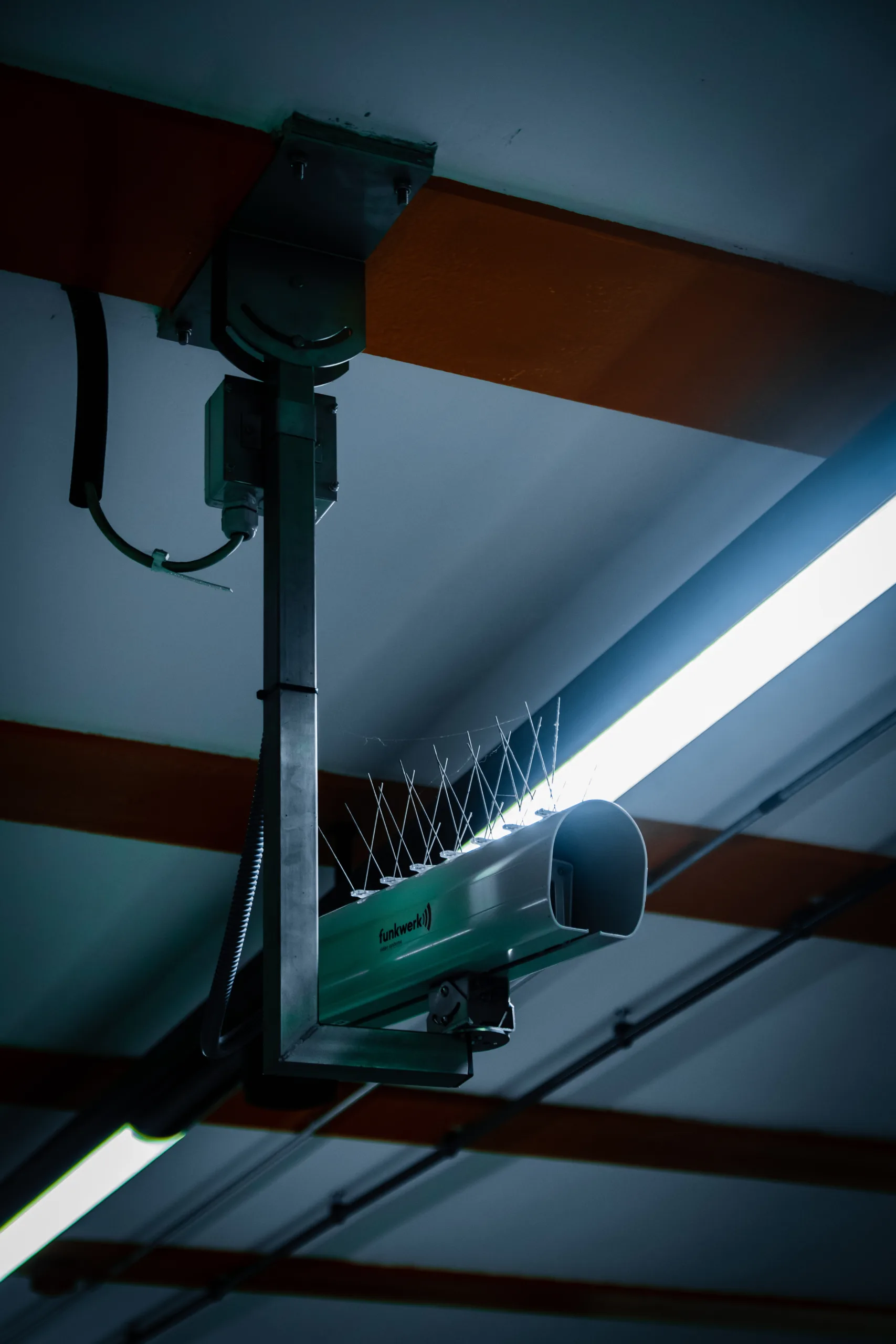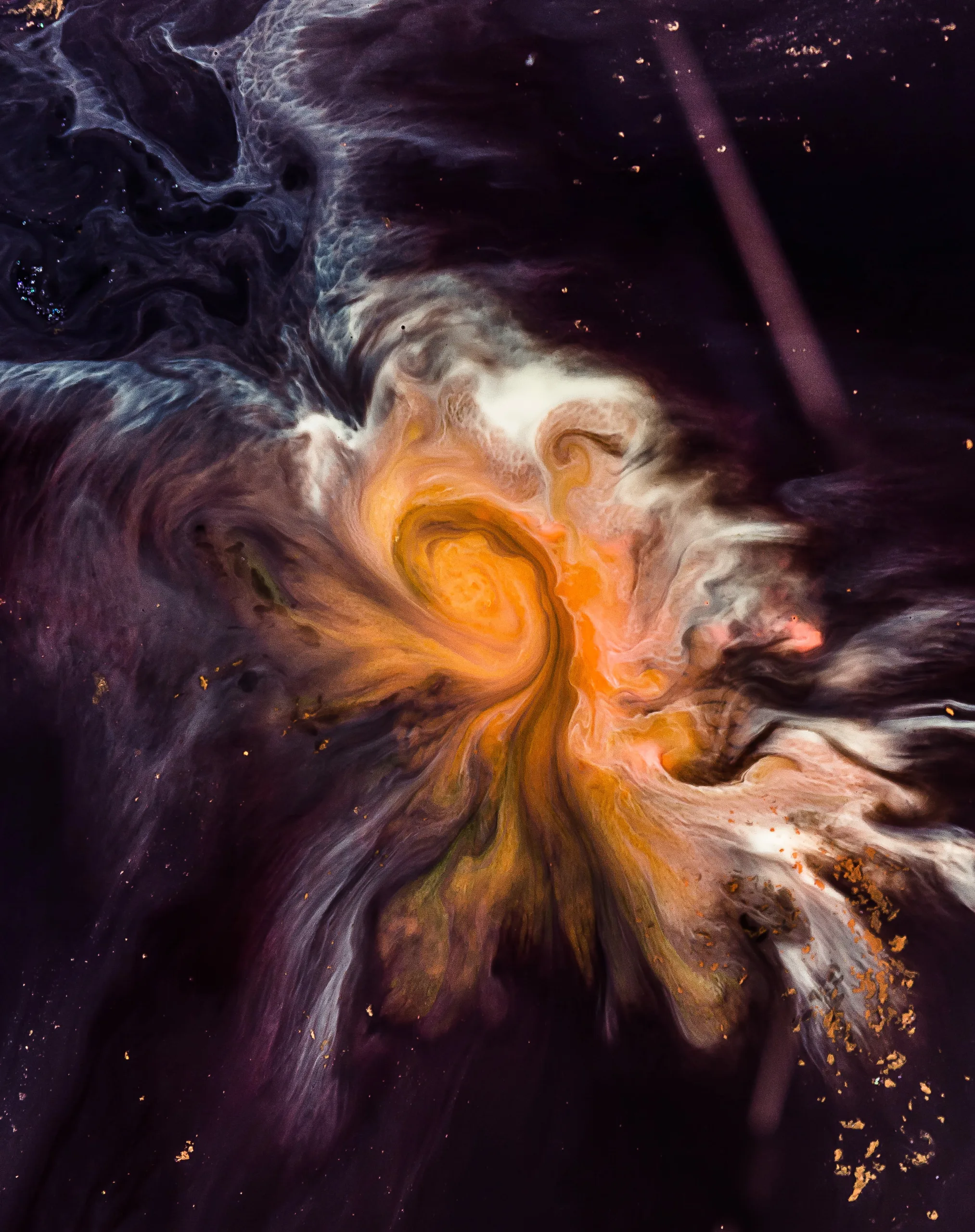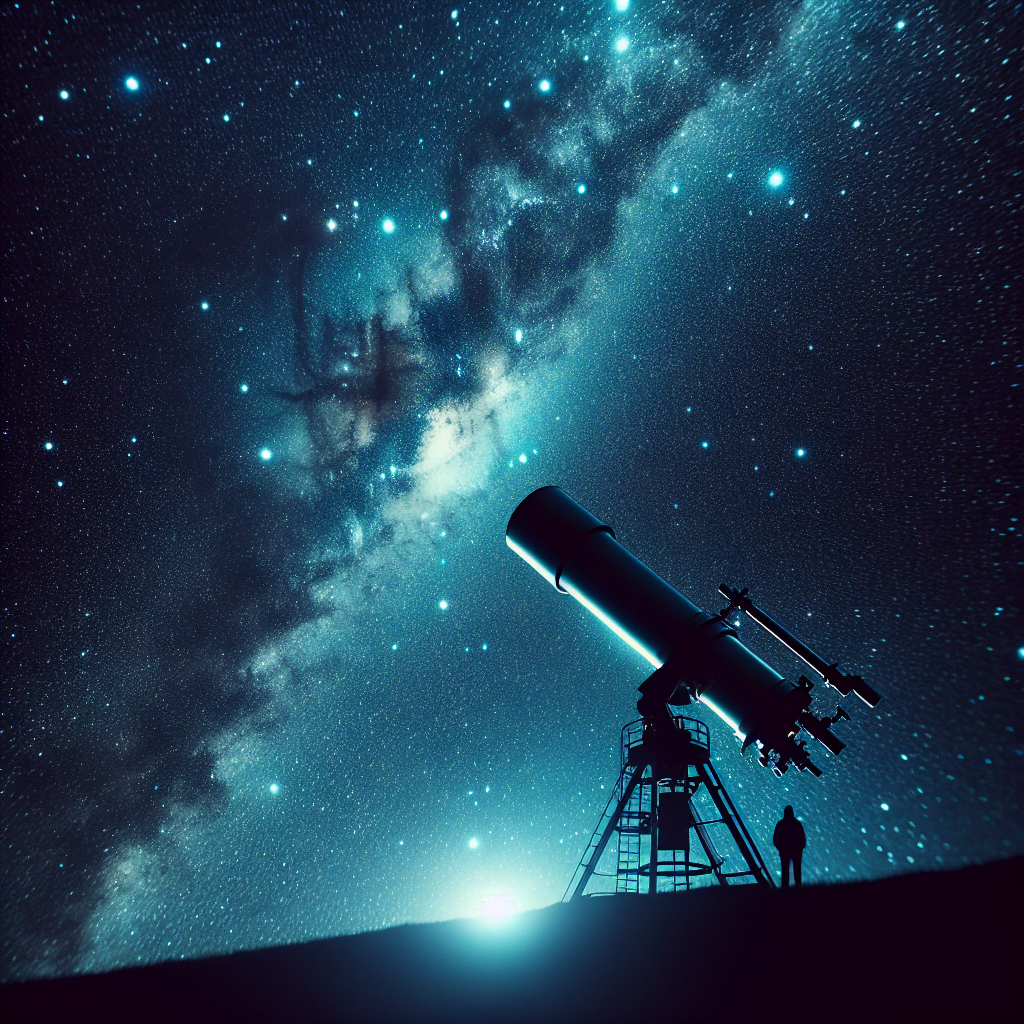Imagine gazing up at the night sky, captivated by the twinkling stars, and suddenly a question pops into your mind: Can I observe the space between stars? It’s a fascinating thought that ignites curiosity about what lies beyond the celestial bodies we can see. In this article, we will take a closer look at the possibility of observing the vast expanse of interstellar space and unravel the mysteries that lie within. So, grab your telescope and let’s embark on a journey into the depths of the cosmos!
Table of Contents
Can I Observe The Space Between Stars?
Have you ever wondered if it is possible to observe the space between stars? Well, the answer is yes! Scientists and astronomers have developed various techniques and technologies to study the vast expanse of interstellar space. By observing the space between stars, we can gain insights into the formation and evolution of galaxies, the presence of interstellar matter, and even detect planets orbiting distant stars. In this article, we will explore the factors that affect observations of the space between stars, the telescopes and techniques utilized for such observations, the challenges involved, and the future prospects in this fascinating field of research.
Factors That Affect Observations of Space Between Stars
There are several factors that can influence the quality and clarity of observations of the space between stars. One of the key factors is light pollution. Light pollution from cities and human activities can greatly hinder observations of faint objects in the night sky, including the space between stars. Therefore, it is crucial to choose observation locations that are far away from urban areas, where the skies are darker and the stars shine more brightly.
Another factor is the Earth’s atmosphere, which can distort and scatter light, leading to a phenomenon known as atmospheric turbulence. This turbulence can cause the stars to twinkle and blur, making it challenging to observe and study distant objects. To overcome this, scientists often utilize techniques such as adaptive optics, which compensate for the atmospheric distortion and provide clearer images of the space between stars.
Utilizing Telescopes for Observing the Space Between Stars
Telescopes play a vital role in observing the space between stars. These instruments collect and focus light, allowing astronomers to study celestial objects in much greater detail. There are various types of telescopes that are used for observing the space between stars, each with its own advantages and limitations.
One common type of telescope is the refracting telescope, which uses a lens to gather and focus light. Refracting telescopes are often used for observing planets, stars, and other objects within our own galaxy. However, when it comes to studying the space between stars, refracting telescopes have certain limitations. The presence of interstellar dust and gas can cause the light to scatter and attenuate, making it difficult to capture detailed images.

Types of Telescopes Suitable for Observing the Space Between Stars
To overcome the limitations of refracting telescopes, astronomers often rely on reflecting telescopes for observing the space between stars. Reflecting telescopes use mirrors instead of lenses to gather and focus light. These mirrors can be coated with specialized materials that enhance their reflectivity, enabling astronomers to observe faint objects with greater clarity.
One of the most powerful types of reflecting telescopes used for studying the space between stars is the Hubble Space Telescope. Located in space, far above the distorting effects of Earth’s atmosphere, the Hubble Telescope has revolutionized our understanding of the cosmos. It has captured breathtaking images of distant galaxies, nebulae, and even individual stars, providing invaluable insights into the nature and composition of the space between stars.
Limitations of Observing the Space Between Stars
Despite the advancements in telescopes and observation techniques, there are still certain limitations when it comes to studying the space between stars. One major limitation is the vast distances involved. Interstellar space is immense, and the objects within it are often billions of light-years away. This means that the amount of time it takes for light to reach us from these objects can be staggering, making it challenging to observe and study them in real-time.
Additionally, the presence of interstellar dust and gas can obscure our view of distant objects and make it difficult to obtain clear images. This necessitates the use of specialized filters and imaging techniques to enhance the visibility of the space between stars. Furthermore, the sheer amount of data collected during observations of the space between stars poses a significant challenge in terms of data processing and analysis.

Observing Techniques for Studying the Space Between Stars
Astronomers employ various observing techniques to study the space between stars. One common technique is known as photometry, which involves measuring the intensity of light emitted by distant objects. By analyzing the changes in brightness over time, astronomers can gather valuable information about the properties and behavior of stars, galaxies, and interstellar matter.
Another crucial technique is astrometry, which focuses on measuring the positions and motions of celestial objects. By precisely tracking the motion of stars in the space between stars, astronomers can infer the presence of unseen planets, brown dwarfs, or other astrophysical phenomena. Astrometry has played a vital role in the discovery and characterization of exoplanets beyond our solar system.
Detecting Interstellar Medium Using Spectroscopy
Spectroscopy is another powerful tool used for studying the space between stars. This technique involves analyzing the interaction of light with matter, providing insight into the composition, temperature, and density of celestial objects. By studying the absorption and emission lines in the spectra of stars and interstellar matter, astronomers can deduce the presence of various elements, molecules, and even complex organic compounds.
Spectroscopy has been instrumental in the study of the interstellar medium, the vast expanse of gas and dust that fills the space between stars. By analyzing the spectra of interstellar clouds, astronomers have been able to characterize their composition and understand the processes that lead to the formation of new stars and planetary systems.

Challenges in Observing the Space Between Stars
Observing the space between stars poses several challenges to astronomers. As mentioned earlier, the vast distances involved make it difficult to study objects in real-time. Furthermore, the faintness of many interstellar objects necessitates the use of long exposure times, which can increase the risk of contamination from unwanted sources of light.
In addition, the space between stars is not static but rather dynamic, with objects constantly moving and evolving. This requires astronomers to employ sophisticated data processing techniques to account for the motion and changes in celestial objects over time. Furthermore, the complexity and sheer vastness of the data collected require advanced computational tools for analysis and interpretation.
Future Prospects in Observing the Space Between Stars
Despite the challenges, the future of observing the space between stars looks promising. With advancements in telescope technology and data processing techniques, astronomers will be able to explore the universe evermore deeply and capture higher-resolution images of the space between stars. The upcoming launch of the James Webb Space Telescope, which will succeed the Hubble Telescope, holds immense potential for unlocking new mysteries and expanding our understanding of the cosmos.
In the years to come, we can expect to gather more data and insights about the formation and evolution of galaxies, the distribution of interstellar matter, and the existence of exoplanets within our galaxy and beyond. The ongoing development of innovative telescopes and the continued improvement in observational techniques will undoubtedly open new frontiers in the study of the space between stars.

Conclusion
In conclusion, it is indeed possible to observe the space between stars. By overcoming the challenges posed by light pollution and atmospheric turbulence, utilizing telescopes suitable for the task, and employing various observation techniques, astronomers have made significant discoveries and improved our understanding of the universe. The future prospects in observing the space between stars look promising, with new technologies and missions on the horizon. As we continue to push the boundaries of our knowledge, the space between stars will remain a fascinating and captivating subject of study. So, go ahead and explore the incredible space between stars – the mysteries and wonders of the cosmos await you!
